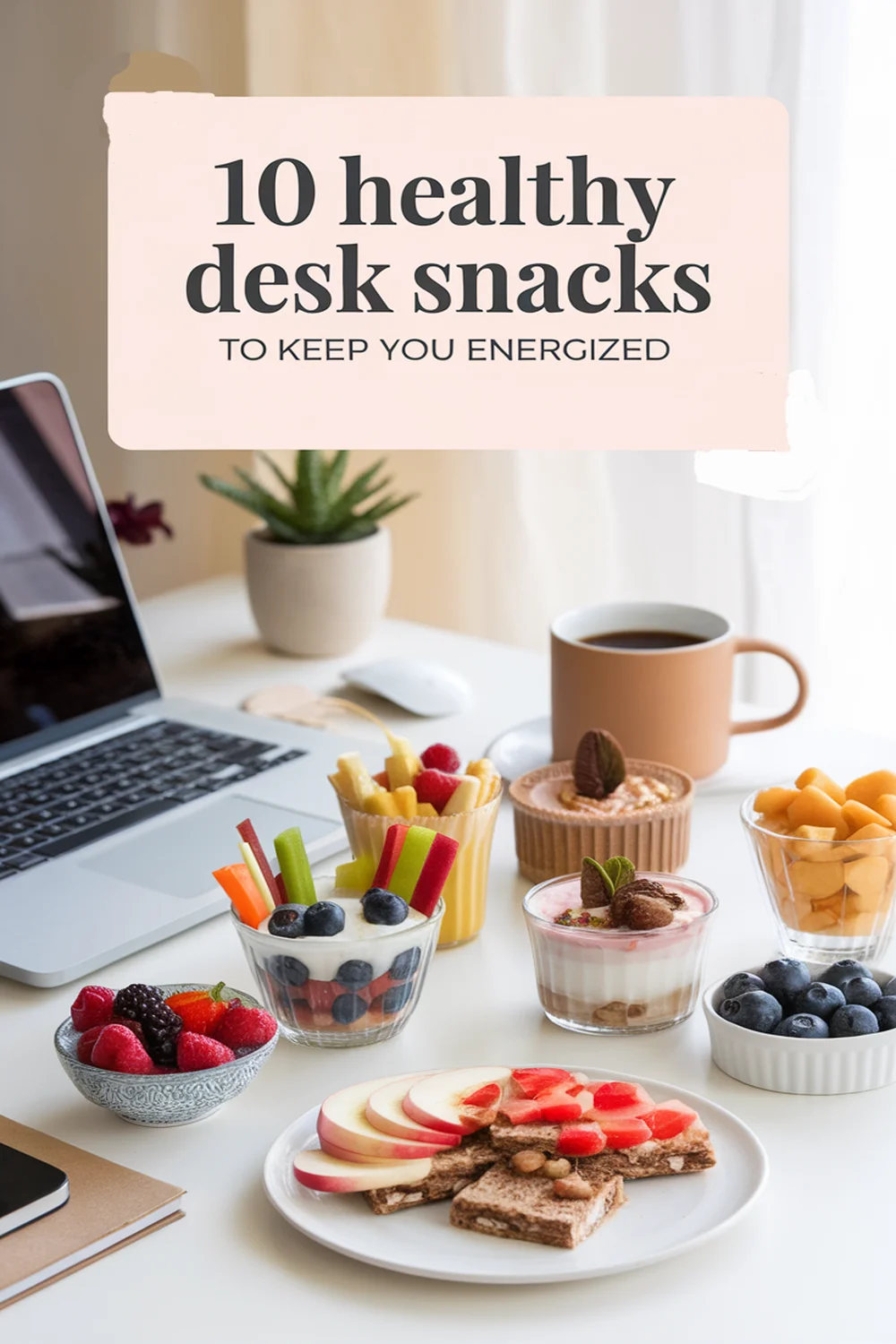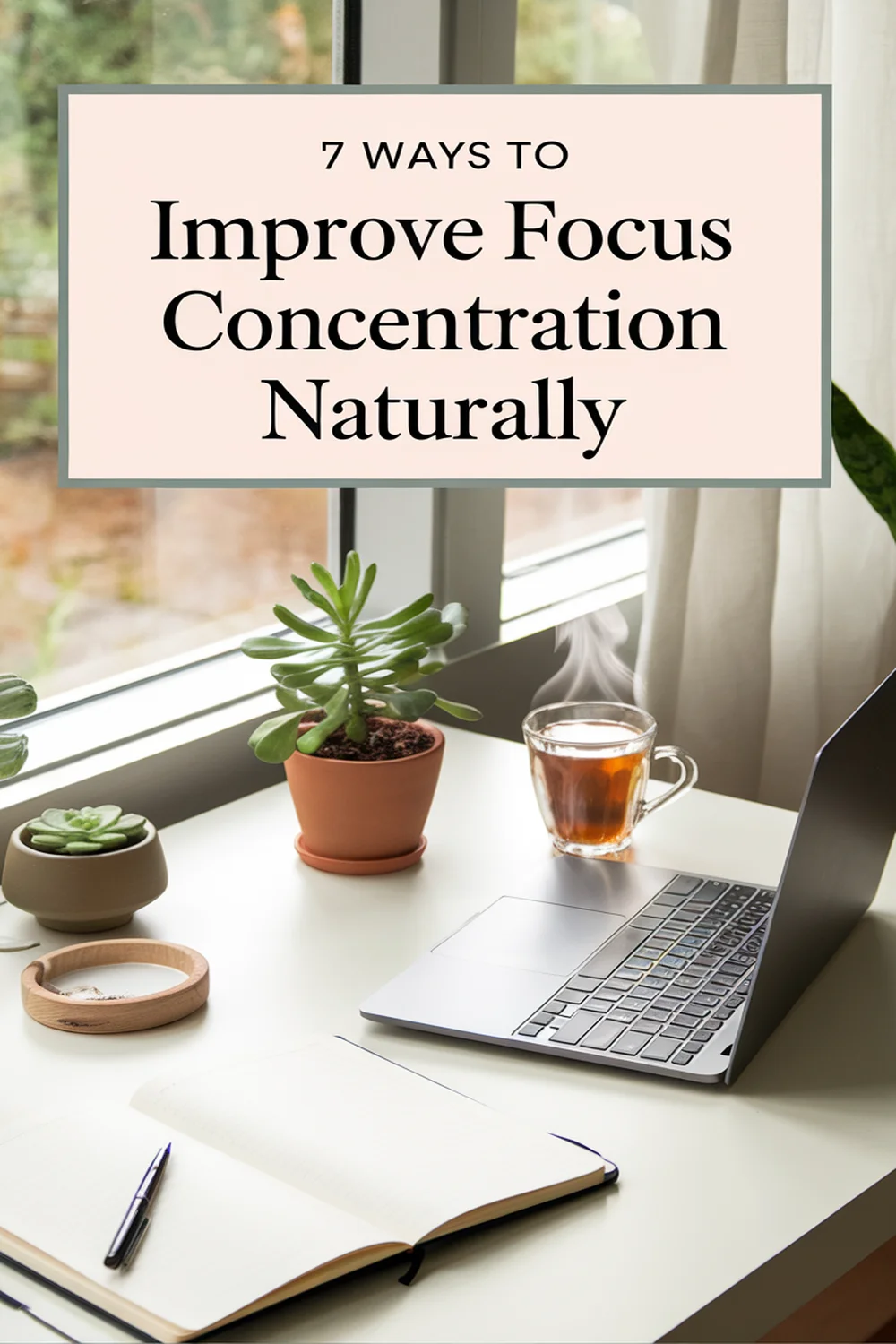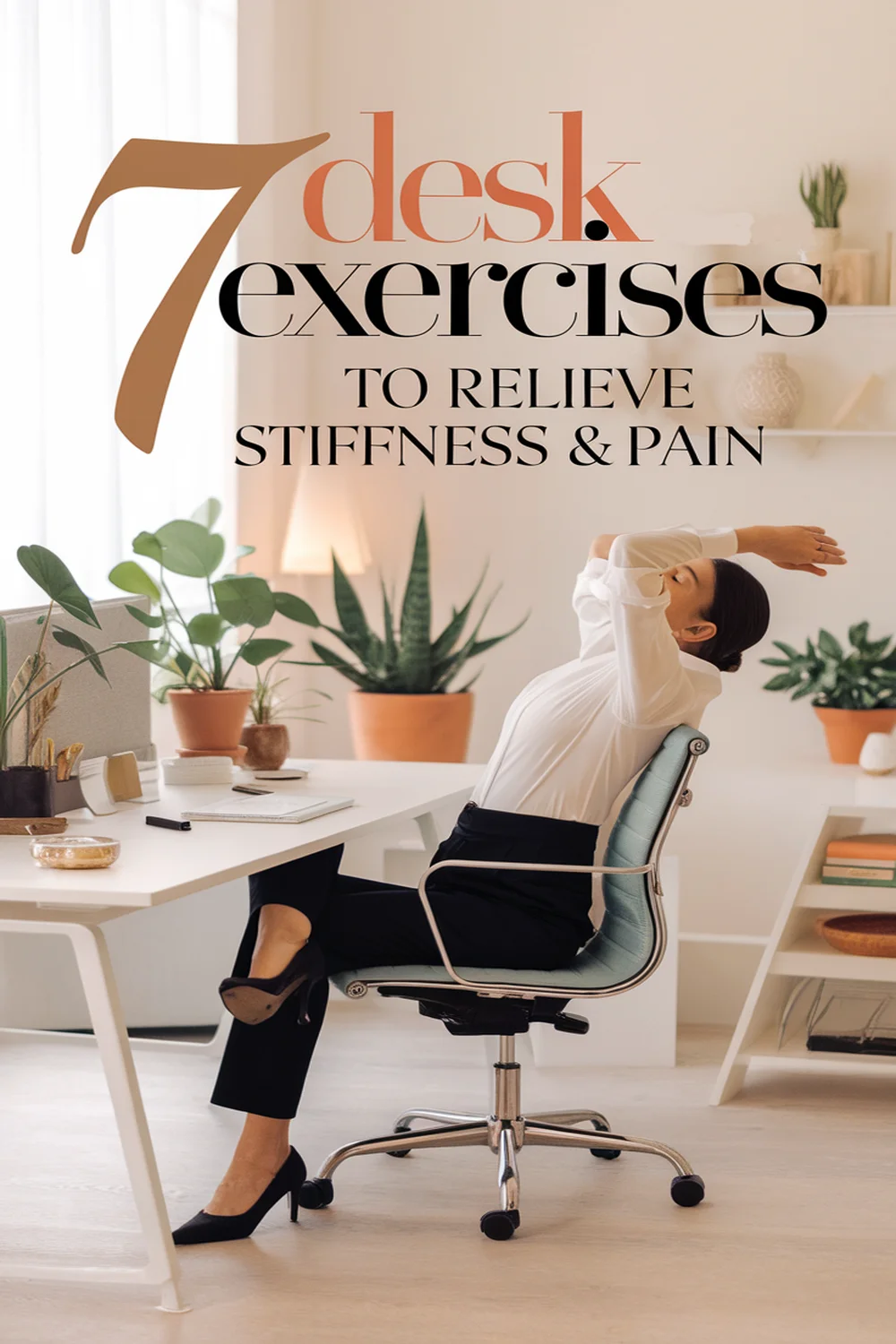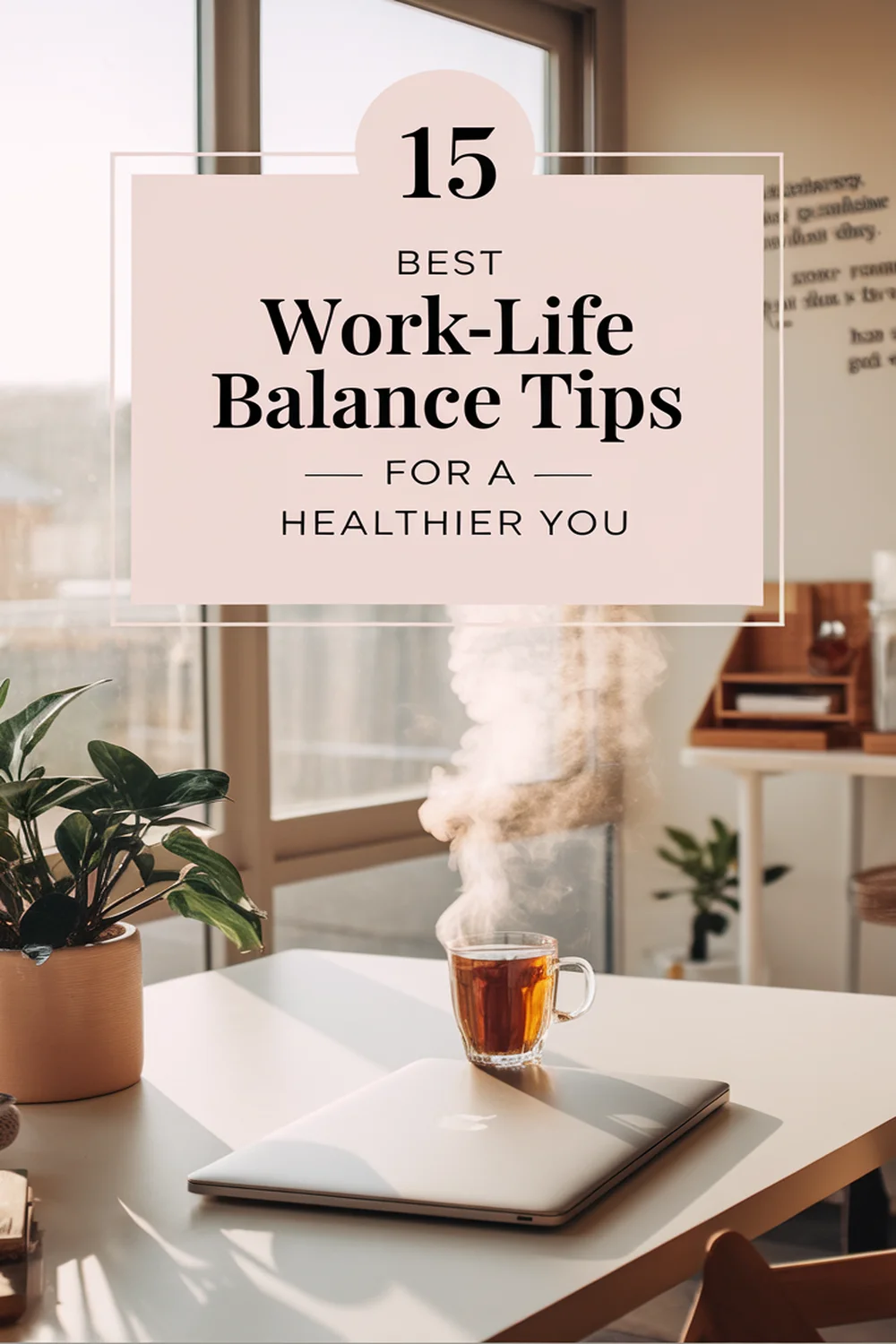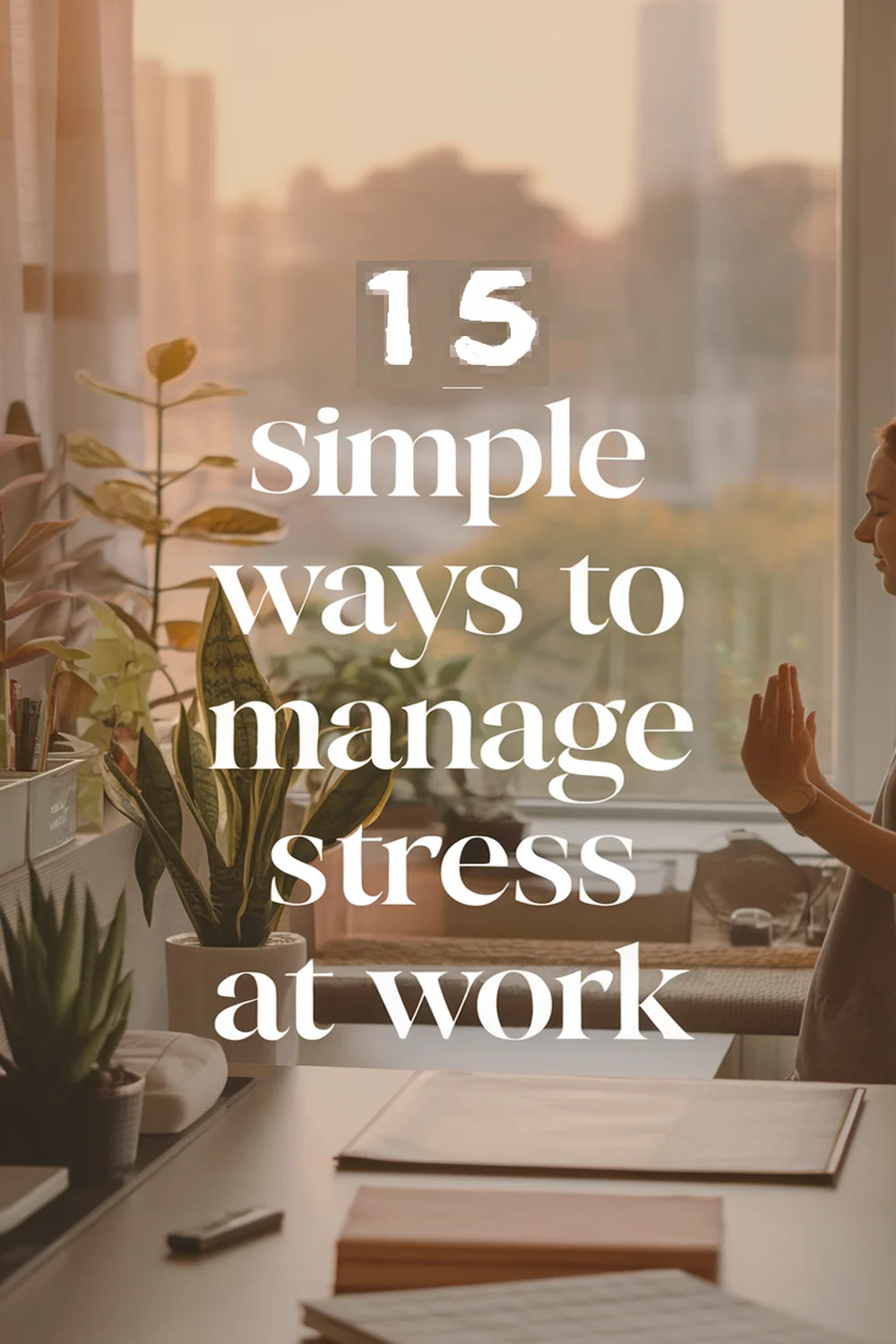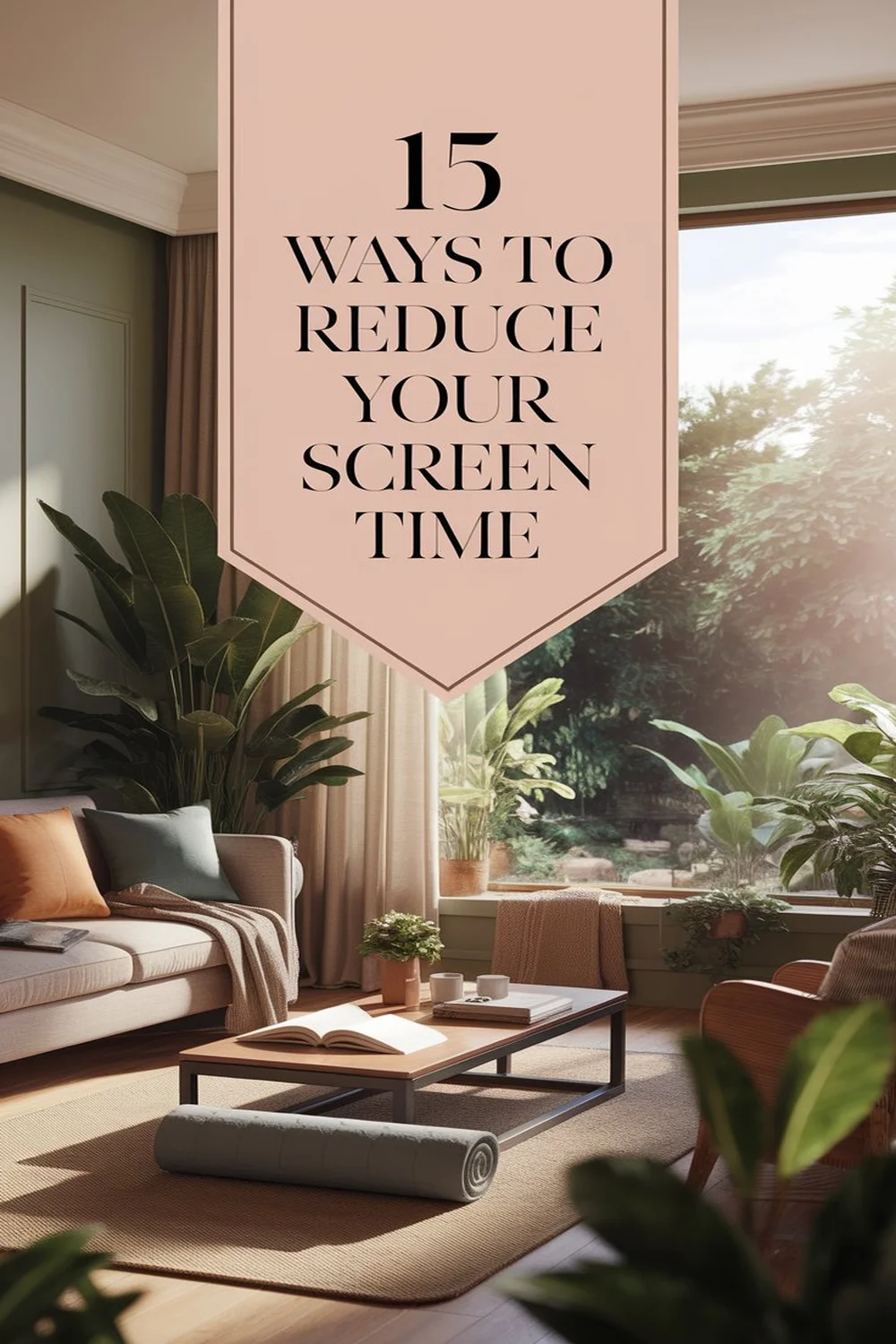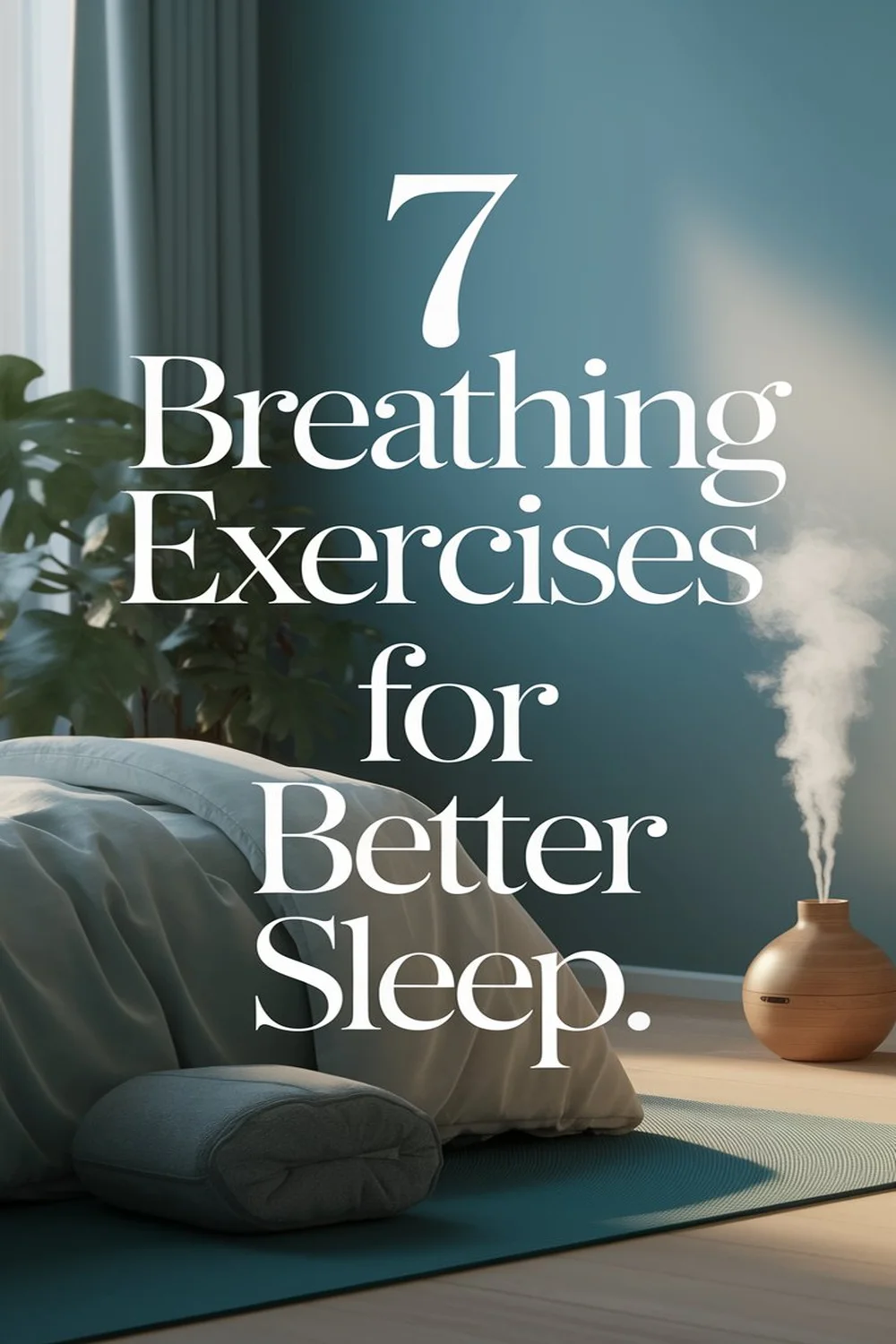To reduce eye strain from screens, follow the 20-20-20 rule, adjust your screen brightness, and use blue light filters. Keep your screen at a proper distance—20-30 inches away—and guarantee adequate lighting to minimize glare. Optimize your computer setup for comfort and wear proper eyewear, like blue light blocking lenses. Don’t forget to practice eye exercises and stay hydrated. For more effective strategies, explore additional techniques that can further enhance your eye comfort.
Follow the 20-20-20 Rule
One effective method to alleviate eye strain from screens is by following the 20-20-20 rule. This simple approach suggests that for every 20 minutes you spend looking at a screen, you should take a 20-second break to look at something 20 feet away. Doing this helps relax your eye muscles, reducing fatigue and discomfort. To effectively implement this technique, set a timer on your phone or use a laptop reminder. During your break, focus on distant objects—this shift in focal length is essential for recovery. Consider looking out a window or focusing on artwork across the room. By consistently applying the 20-20-20 rule, you can notably reduce the risk of eye strain and promote overall eye health.
2. Adjust Your Screen Brightness
Proper screen brightness is essential for minimizing eye strain and ensuring a comfortable viewing experience. When your screen is too bright, it can cause glare and make your eyes work harder. Conversely, a dim screen can force your eyes to strain to see details clearly. To find an ideal setting, adjust your screen brightness to match the surrounding lighting conditions. If you’re in a bright room, increase the brightness; in a darker environment, reduce it. Most devices have an automatic brightness adjustment feature, but manual adjustments often provide better results. Additionally, consider the time of day; softer lighting in the evening can reduce strain while still allowing you to comfortably see what’s on your screen. Keep your eyes relaxed and healthy by making these adjustments regularly.
3. Use Blue Light Filters
Since excessive exposure to screens can lead to significant discomfort, using blue light filters becomes essential for protecting your eyes. Blue light, emitted by digital devices, can disrupt your sleep cycle and contribute to eye strain. By applying a blue light filter, either through an app or physical screen protector, you reduce the intensity of this harmful light. These filters create a warmer display, improving visual comfort and minimizing glare. Make sure to adjust your device settings to activate built-in blue light filtering features, often labeled as “Night Shift” or “Night Mode.” Incorporating these filters into your daily routine not only enhances your screen experience but also encourages healthier eye habits in the long run. Don’t overlook this simple yet effective solution.
4. Maintain Proper Distance From Your Screen
Aside from utilizing blue light filters, maintaining an appropriate distance from your screen is crucial for reducing eye strain. It can be easy to overlook this, but the distance between your eyes and the screen plays a key role in your overall comfort.
Here are three tips to help you achieve the right distance:
- Follow the 20-20-20 rule: For every 20 minutes you spend on your device, look at something 20 feet away for at least 20 seconds.
- Keep your screen 20-30 inches away: Confirm your screen is about an arm’s length, which helps reduce strain.
- Position your gaze slightly downward: Your eyes should naturally be level with the top of the screen to minimize discomfort.
Implement these strategies to promote better eye health.
Recommended Items
Discover our top picks for health and wellness products to keep your eyes happy and healthy!
Products
5. Ensure Adequate Lighting
Good lighting can make a significant difference in reducing eye strain while using screens. To optimize your workspace, avoid harsh or direct lighting that creates glare on your monitor. Instead, aim for soft, diffused light to illuminate your environment. Position your desk lamp behind your screen or use adjustable lighting to control brightness levels effectively. Natural light is ideal; if you’re near a window, try to position your screen perpendicular to it. Additionally, verify your room’s lighting is consistent to minimize the contrast between your screen and surroundings. Remember, having adequate ambient light helps your eyes shift between focusing on the screen and your surroundings, ultimately enhancing comfort during extended use. Prioritize lighting—it’s essential for eye health.
6. Blink More Often
Even with proper lighting, many people experience eye strain from prolonged screen use, often due to forgetting to blink. When you stare at a screen, your blink rate can drop markedly, leading to dryness and discomfort. To combat this, try to make a conscious effort to blink more often. Here are some tips to help:
- Set Reminders: Use phone alarms or sticky notes to remind yourself to blink regularly.
- Follow the 20-20-20 Rule: Every 20 minutes, look at something 20 feet away for 20 seconds while blinking.
- Practice Controlled Blinking: Take a moment to close your eyes fully several times a day to hydrate and refresh.
Incorporating these habits can markedly reduce eye strain and keep your eyes feeling comfortable while using screens.
7. Use Artificial Tears
Using artificial tears can be an effective strategy to alleviate eye strain caused by prolonged screen exposure. These lubricating eye drops help to replenish moisture in your eyes, combating dryness and irritation that often come from staring at screens for extended periods. When you use artificial tears, opt for preservative-free options to minimize any potential side effects, especially if you need to use them frequently throughout the day. Applying a drop or two can provide immediate relief, helping to restore comfort and clarity to your vision. It’s important to choose a formulation that suits your specific needs, whether they’re regular soothing drops or specialized options for computer users. Incorporating this simple practice into your routine can greatly enhance your overall eye health.
8. Take Regular Breaks
After incorporating artificial tears into your routine to combat dryness, taking regular breaks from screen time is another effective measure to reduce eye strain. Your eyes need time to rest and recover, so make it a habit to step away from your screen throughout the day. Here are three simple strategies to implement:
- 20-20-20 Rule: Every 20 minutes, look at something 20 feet away for at least 20 seconds.
- Micro Breaks: Take a 1-2 minute break every hour to stretch and move around, allowing circulation to boost.
- Scheduled Downtime: Create a daily schedule that includes longer breaks from screens—like during meals or a short walk.
These small changes can make a significant difference in how your eyes feel.
Step-by-Step Guide to Reduce Eye Strain
9. Optimize Your Computer Setup
To improve your comfort and reduce eye strain while using screens, it is essential to optimize your computer setup. Start by positioning your monitor about an arm’s length away, with the top of the screen at or just below eye level. Use an adjustable chair to maintain proper posture. Make sure your workspace is well-lit to avoid glare on your screen.
| Adjustment | Recommendation |
|---|---|
| Monitor Distance | 20-30 inches from your eyes |
| Screen Height | Top at or below eye level |
| Lighting | Use soft, indirect lighting |
10. Wear Proper Eyewear
Adjusting your computer setup can greatly enhance your comfort, but wearing proper eyewear is another essential component in reducing eye strain. Having the right lenses not only helps you see better but also protects your eyes from harmful blue light emitted by screens. To make the most of your eyewear, consider these key points:
- Blue Light Blocking Lenses: Opt for glasses that filter blue light to minimize eye fatigue.
- Prescription Lenses: If you need vision correction, verify your prescription is up to date for peak clarity.
- Anti-Reflective Coatings: Choose lenses with anti-reflective coatings to reduce glare and improve visual comfort.
11. Practice Eye Exercises
Practicing eye exercises can greatly alleviate the discomfort associated with prolonged screen time. One effective method is the 20-20-20 rule: for every 20 minutes spent in front of a screen, take a 20-second break to look at something 20 feet away. This helps reset your focus and reduces fatigue. Another useful exercise involves blinking intentionally; consciously blinking every few seconds helps keep your eyes moist and refreshed. You can also try the figure-eight exercise by imagining a large figure eight about 10 feet in front of you and tracing it with your eyes. Incorporating these simple exercises into your routine can enhance your eye comfort and reduce the impact of screens on your vision.
12. Stay Hydrated
Maintaining proper hydration plays a significant role in minimizing eye strain caused by screen time. When you’re dehydrated, your body may produce fewer tears, leading to dry eyes and discomfort. Drinking enough water can help keep your eyes moist and functioning effectively. Here are some tips to guarantee you stay hydrated:
- Set a Reminder: Use your phone or a timer to remind yourself to drink water every hour.
- Carry a Water Bottle: Keep a refillable water bottle by your side, making it easier to sip throughout the day.
- Infuse Your Water: Add fruits or herbs to your water for an invigorating twist, encouraging you to drink more.


